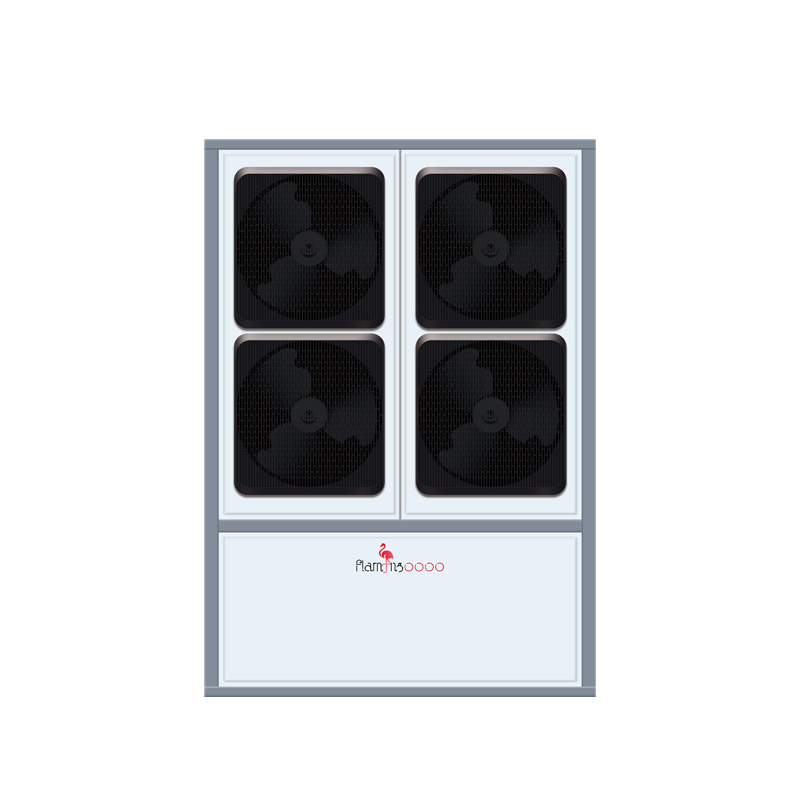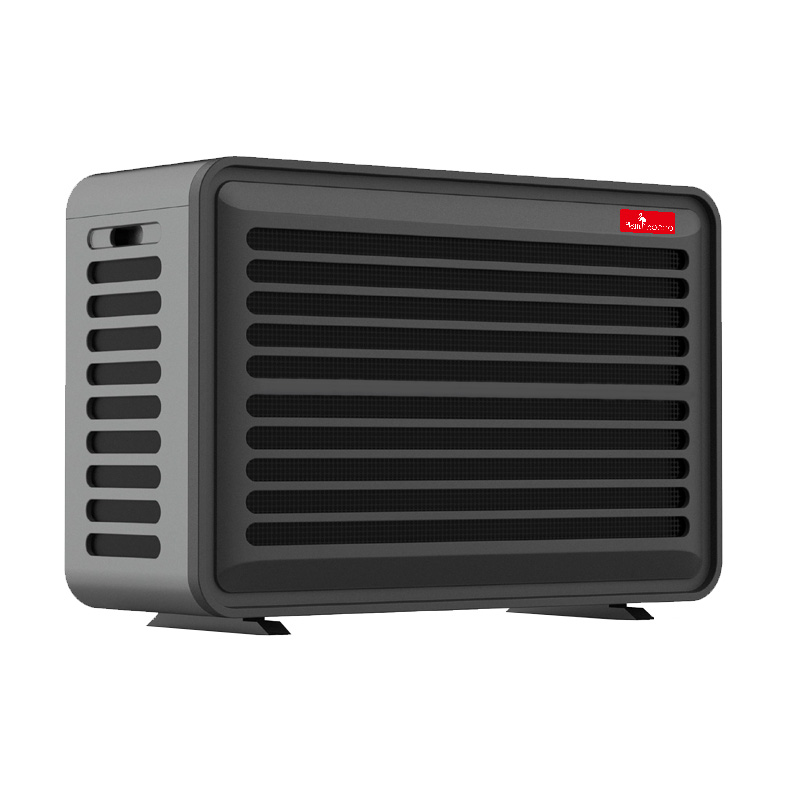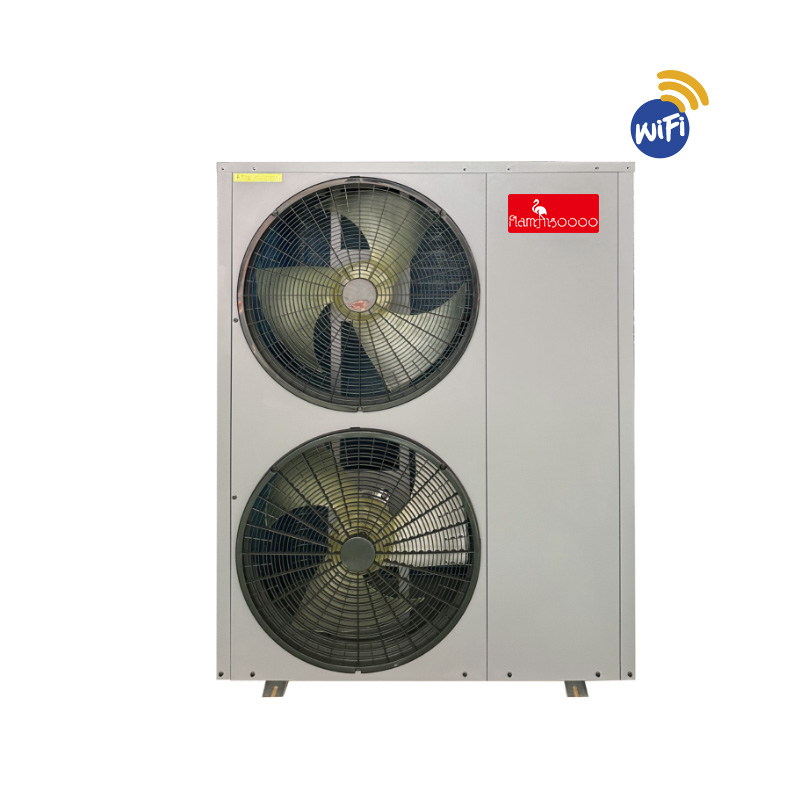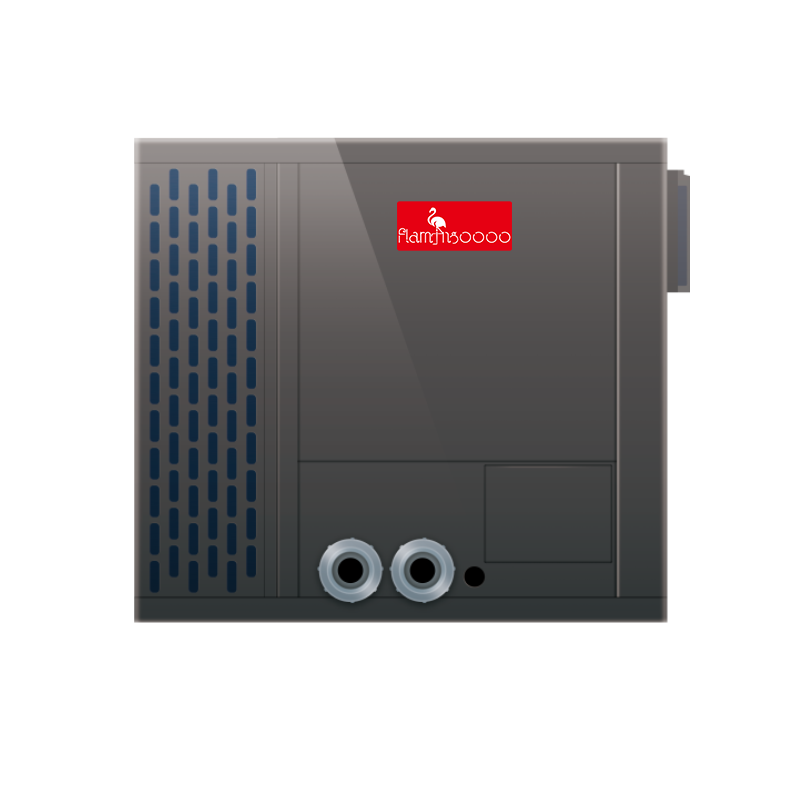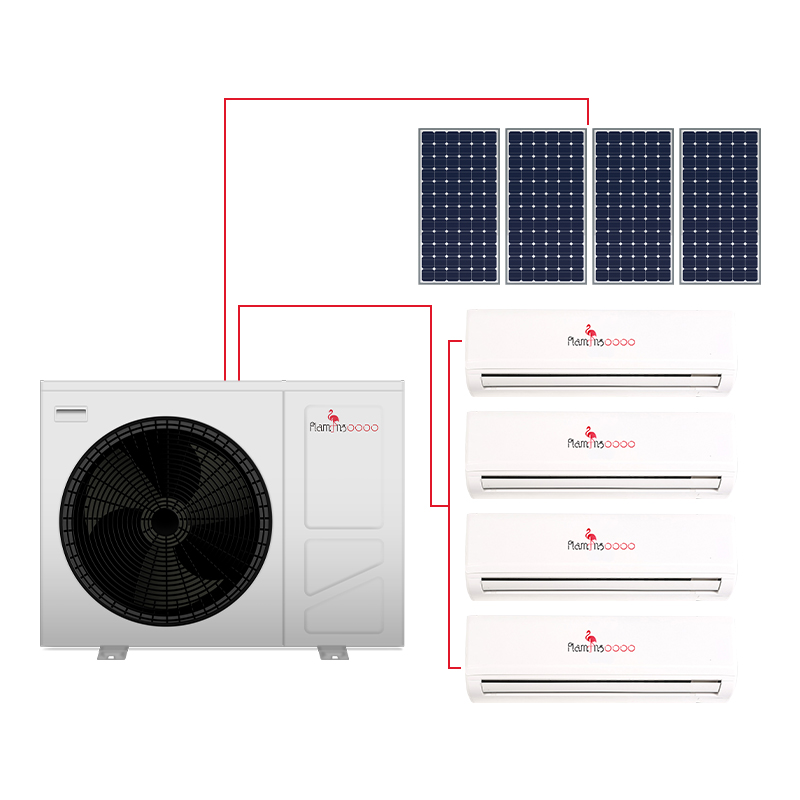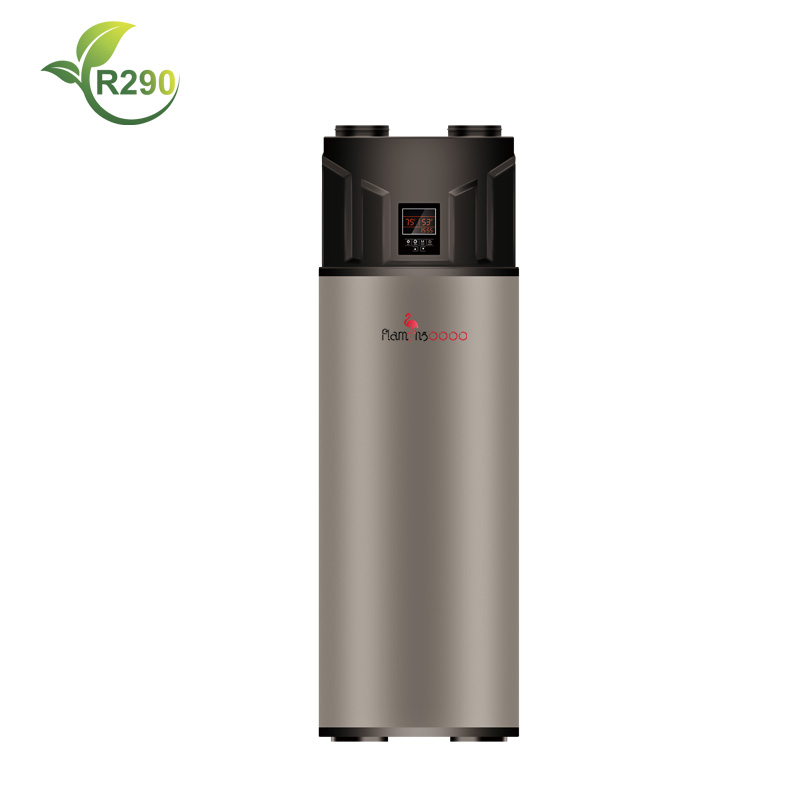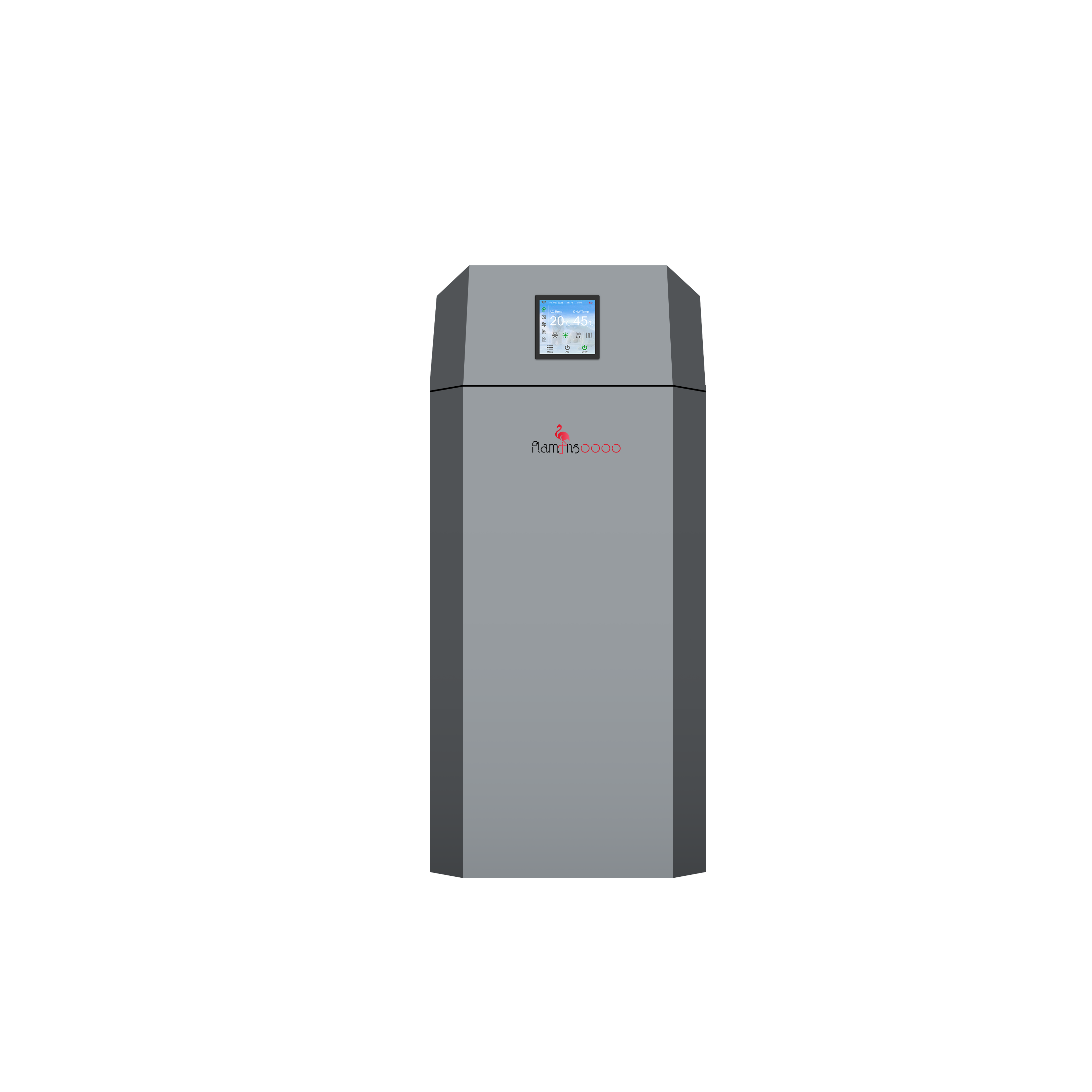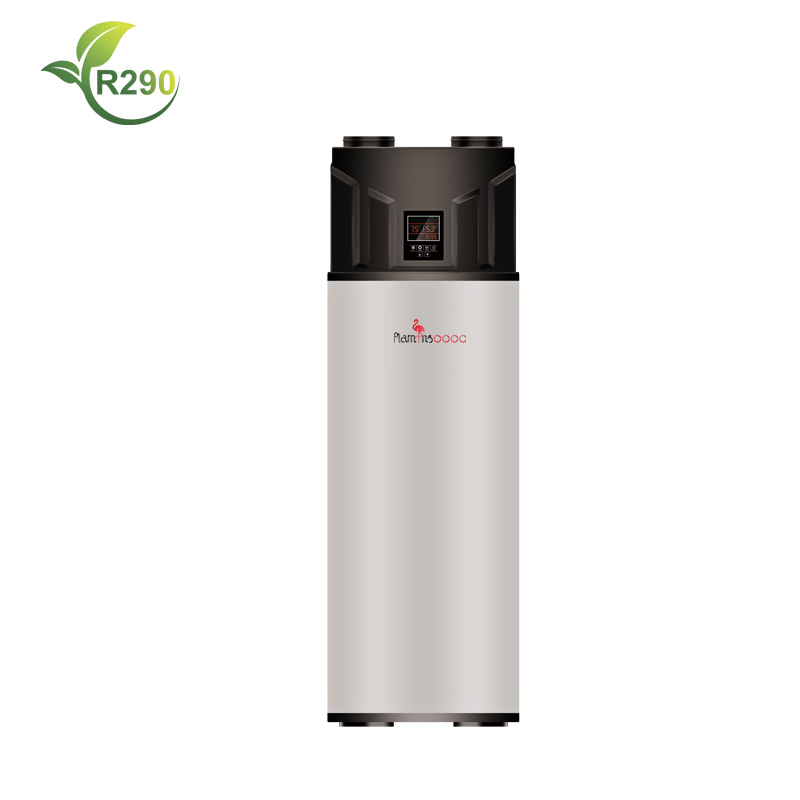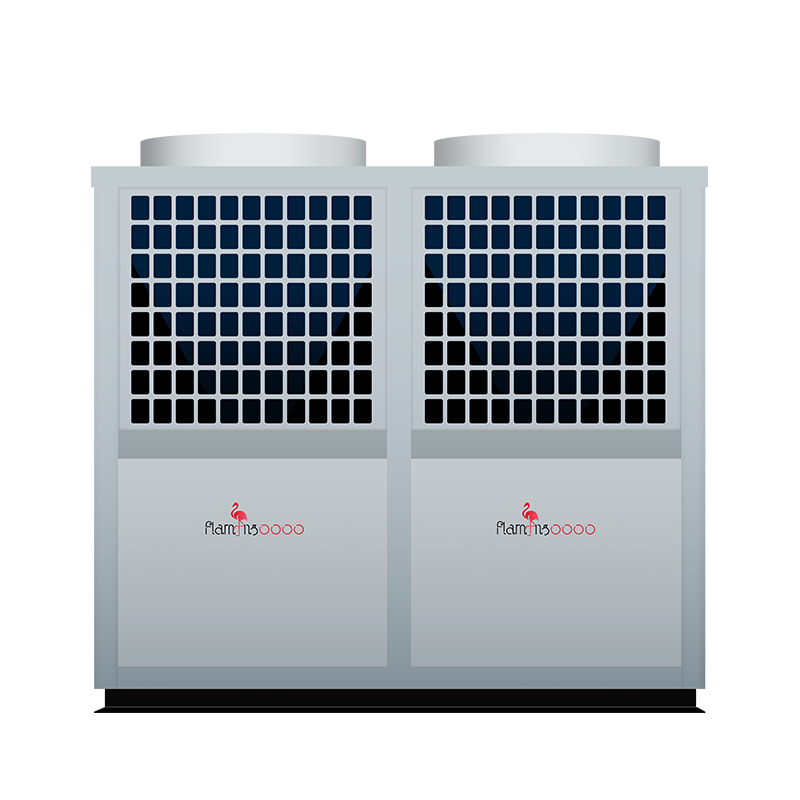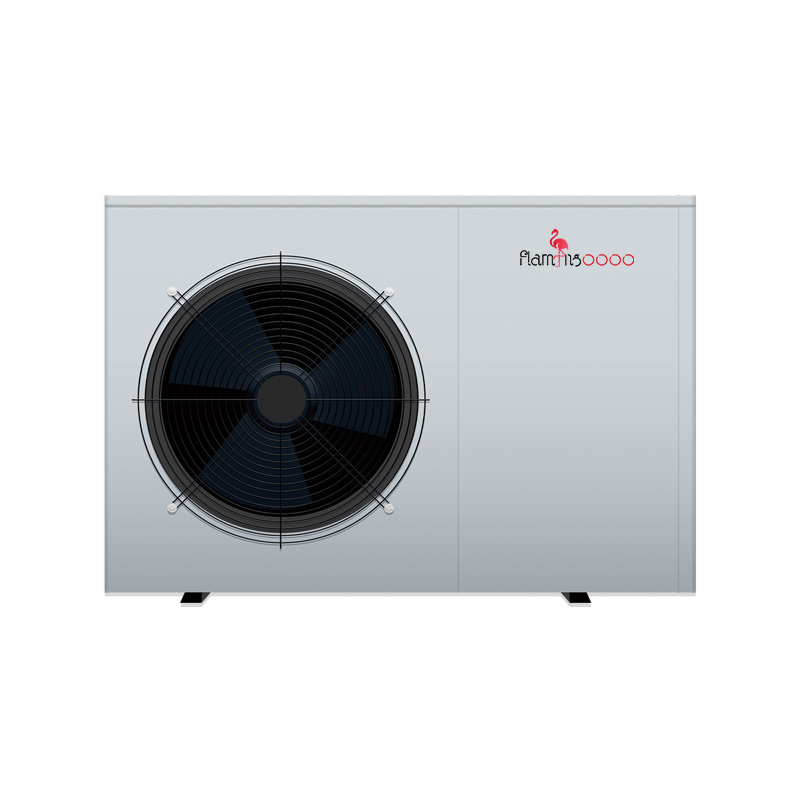Tips for Reducing Energy Bills During Winter
As winter approaches, many households face the challenge of rising energy costs. Colder temperatures often lead to higher heating demands, causing energy bills to spike. However, with a few smart adjustments and the right investments, you can significantly reduce your winter energy costs while staying warm and comfortable. Here are some effective strategies to lower your energy bills this winter.
Rising Winter Energy Costs
With the onset of winter, energy bills tend to increase due to the higher heating requirements. However, taking proactive steps can help you manage these costs and prevent them from straining your budget.
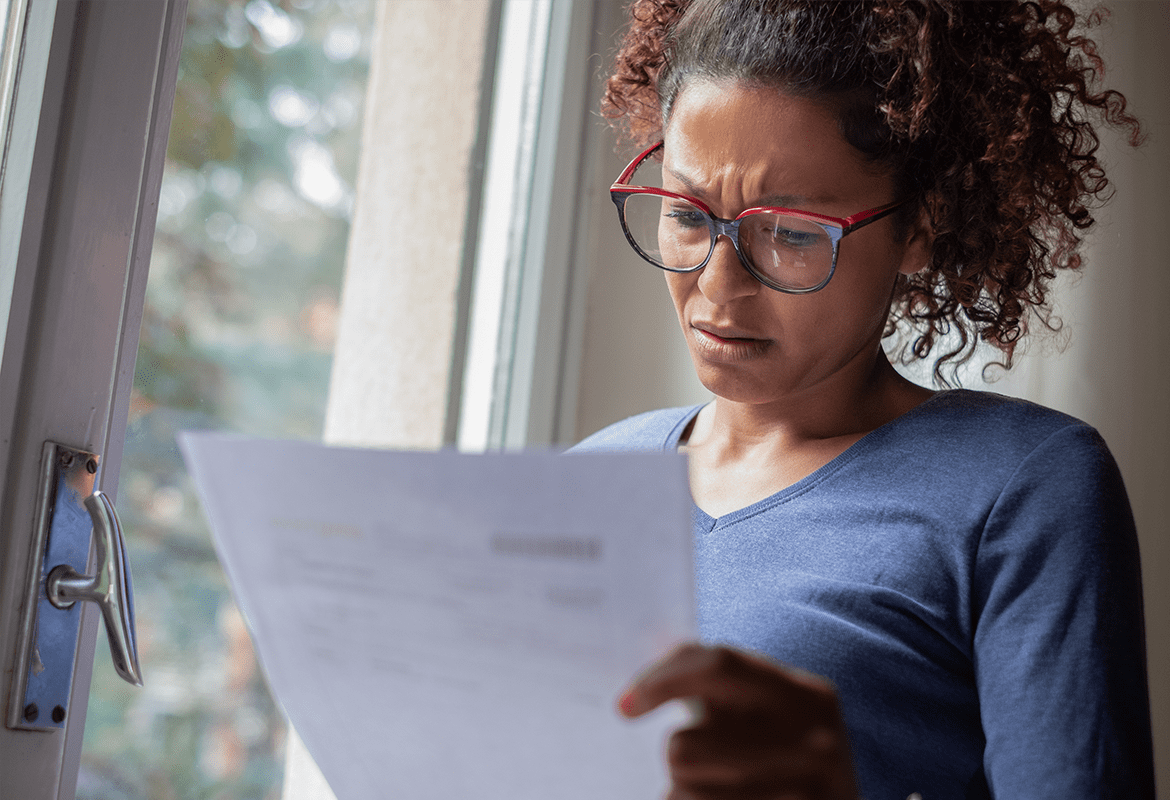
How to Lower Your Energy Bills in Winter
1. Invest in Energy-Efficient Heat Pumps
One of the most effective ways to cut down on winter energy costs is by investing in an energy-efficient heat pump. Heat pumps are designed to use less energy while providing the same level of comfort. Look for models with high energy efficiency ratings, such as those with inverter technology, which can adjust the heating output to match your needs while consuming less power.
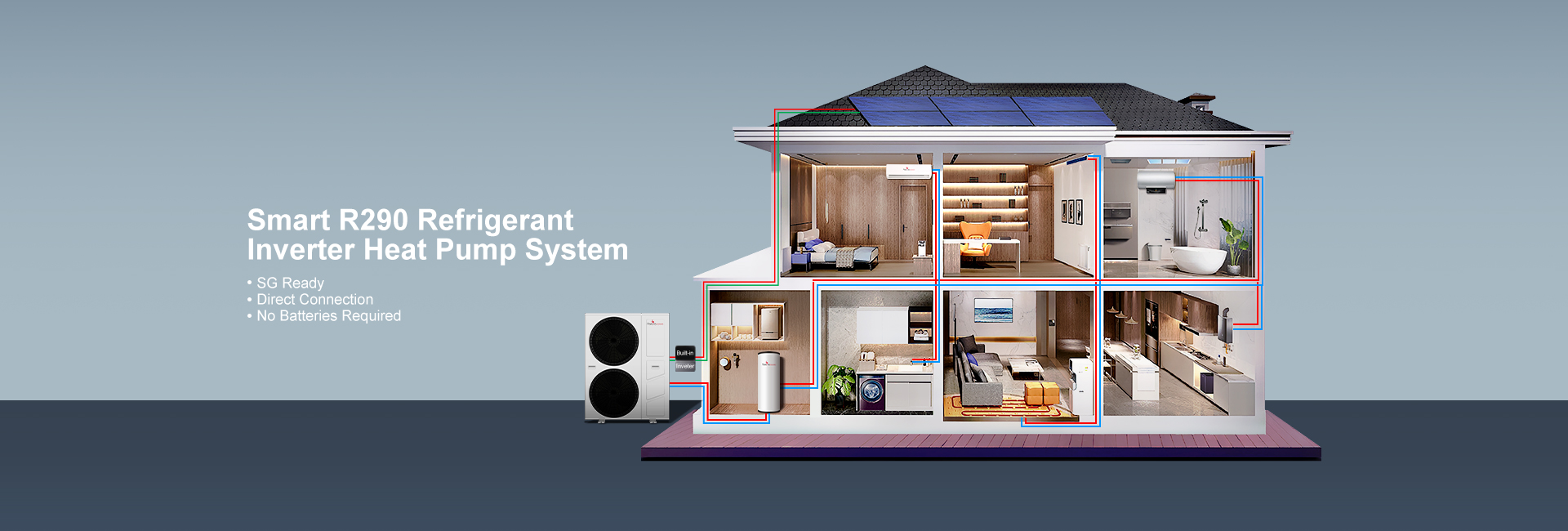
2. Choose Energy-Efficient Home Appliances
Large home appliances such as refrigerators, washing machines, and dishwashers can contribute significantly to your energy consumption. Replacing old, energy-guzzling appliances with energy-efficient models can lead to noticeable savings over time, especially during winter when they tend to be used more frequently.
3. Maintain and Inspect Your Heating System
Regular maintenance of your heating system ensures it runs efficiently and doesn’t waste energy. Schedule an annual inspection before the winter season to ensure everything is functioning properly. Cleaning or replacing filters and fixing any issues can help your system run more efficiently, reducing energy usage.
4. Seal Air Leaks and Drafts
Air leaks around windows, doors, and other openings can let in cold air, forcing your heating system to work harder. Seal any drafts using weatherstripping, caulk, or insulation to keep the warm air inside. This simple fix can make a big difference in keeping your home warm while lowering your energy consumption.
5. Use a Programmable Thermostat
A programmable thermostat allows you to set your heating system to operate at lower temperatures when you’re asleep or away from home. Automating temperature adjustments can prevent unnecessary heating, leading to reduced energy bills without sacrificing comfort.
6. Let in Natural Sunlight
Take advantage of the sun's natural warmth by opening curtains and blinds during the day. Letting sunlight stream into your home can help warm your living spaces, reducing the need for additional heating. Close the curtains at night to retain heat.
7. Reverse Your Ceiling Fan’s Direction
During the winter, switch your ceiling fan to rotate clockwise at a low speed. This helps to push warm air, which naturally rises, back down into the room, improving the overall efficiency of your heating system and helping you feel warmer.
8. Be Mindful of Electronics Usage
Electronics and appliances still draw power when plugged in, even if they're not in use. Unplug devices or use power strips to turn off multiple electronics at once when they’re not needed. This can help reduce "phantom" energy usage and contribute to overall savings.
9. Stay Warm with Layers and Heavier Blankets
Another way to save on heating is to keep your thermostat lower and stay warm with thick clothing and cozy blankets. Dressing in layers and using heavier bedding can reduce the need for excessive heating, helping to lower your energy bill while keeping you comfortable.
By adopting these strategies, you can keep your home warm and cozy throughout the winter while minimizing your energy consumption. Investing in energy-efficient solutions, sealing your home properly, and making small adjustments to your daily habits can lead to significant savings on your energy bills.

